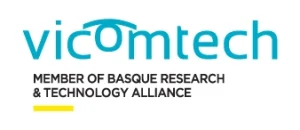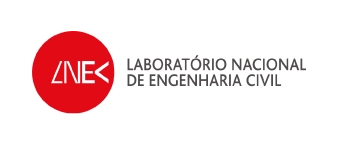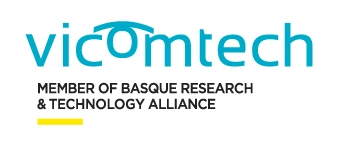05. Spain
Lead:

Others partners involved:


![]()
However, the proportion of crashes on the secondary RCE network is two- to three-times that of the highway network, accounting for 43% of the serious injury crashes and 47% of fatalities. Due to the maturity of the RCE network, road policy is increasingly focused on maintaining the existing network rather than substantial capital works. To do this, MITMA is looking to strengthen the current safety management systems and move towards digital and intelligent tools that allow for more efficient systemic and network-wide high-performance road maintenance activities while deploying new innovative procedures in the secondary roads network. The pilot will draw on MITMA’s extensive expertise of MITMA in impact assessments of road infrastructures on safety, road safety audits, safety management of road infrastructures in service, road safety inspections and road safety evaluation, and MITMA’s success in implementing similar approaches on the Trans-European Highway Network and the high-capacity road network. As part of its roadmap, MITMA is planning to procure connected vehicle data and to update the Star Rating of secondary roads, a strategy aligned with the CAMBER project views.
Specific demonstrations to support project objectives:
Testing approaches related to the integration of asset and safety, data discovery and digital twins (Components 1-3) will be conducted for selected roads managed by MITMA in the vicinity of Burgos or Huesca regions. Both have varied climate conditions and different traffic parameters which offer a good range road test sites. The pilot will demonstrate the integration of asset and safety management across a network of rural roads (Component 1). This will draw on road asset data currently hosted by MITMA in existing national asset management systems (which are not currently inter-connected). Road sections up to 40-50 kms will be scanned by probe vehicle for ground-truth data at several runs. New types of data will be explored, such as aerial/satellite open data imagery and digital elevation models for wide regions, as well as connected data from vehicle cloud data products (e.g., safety systems logs raised, windshield activity) (Component 2).
If timings allow, data will also be supplemented by that gathered by MITMA (separate to but aligned with CAMBER) which will extend the availability of connected data and safety Star Rating data to a regional level. A digital twin based on a GIS system by VIC (Component 3) will combine and relate the data and metrics on a street map visualization. MITMA will perform to-be-determined low-cost engineering interventions such as barriers or paintings (Component 5). Ground-truth data will be obtained by VIC using a probe vehicle equipped with cameras and LiDAR, before and after interventions in one of the settings (Burgos or Huesca). Even though this probe vehicle is not specialised in road condition and safety monitoring, it will help assess the quality of the digitalised information available. The pilot will also explore safety implications for VRUs such as cyclists. Safety evaluation of the interventions will also include before and after comparison using IRAP Star Rating and/or CycleRAP assessment tools, supported by FPZ.














